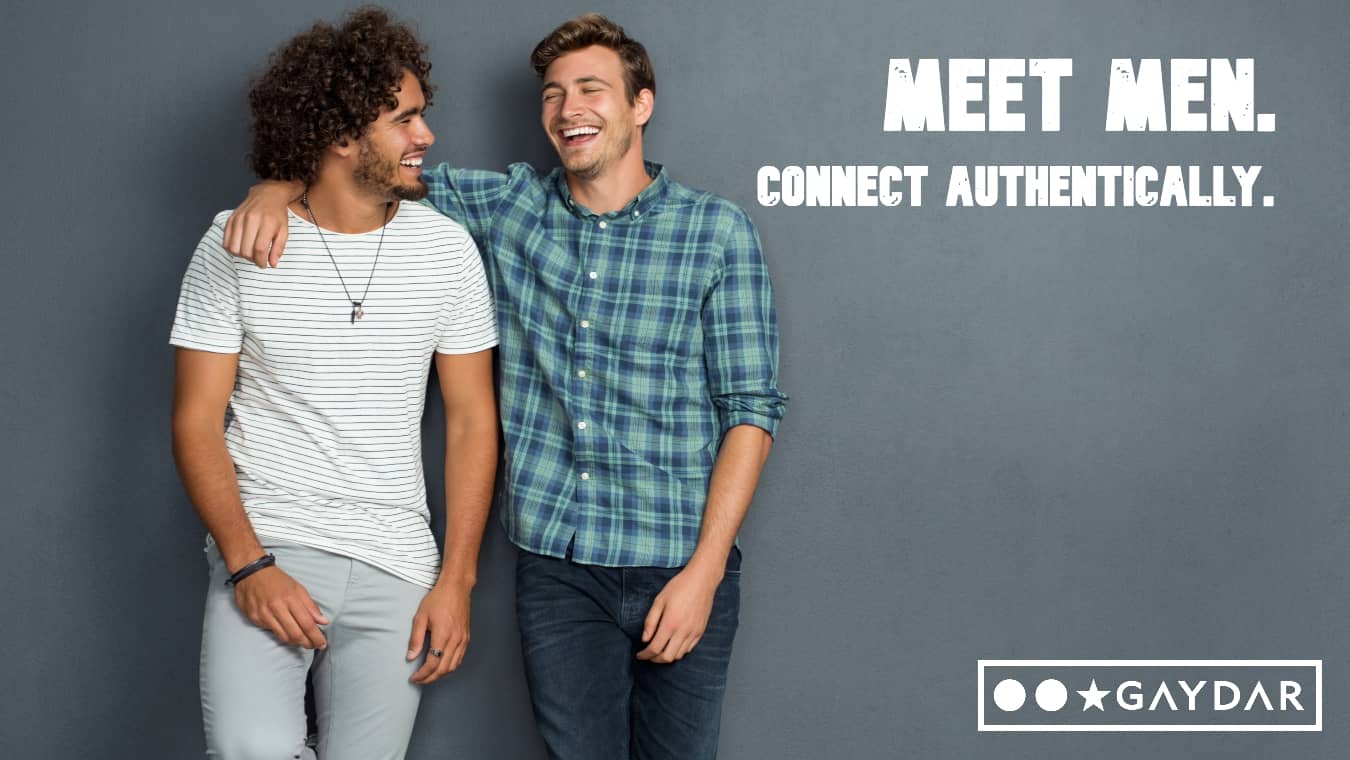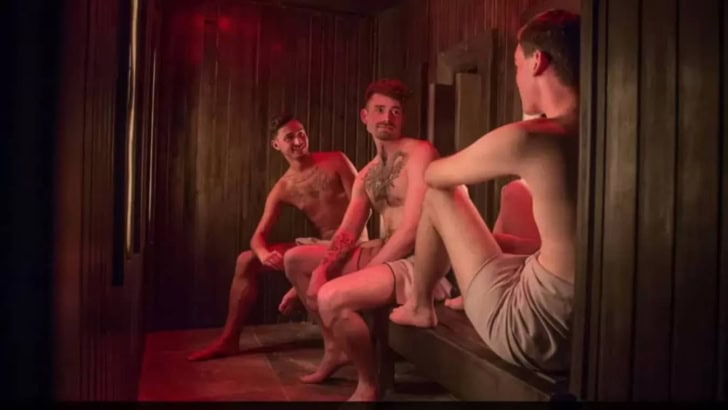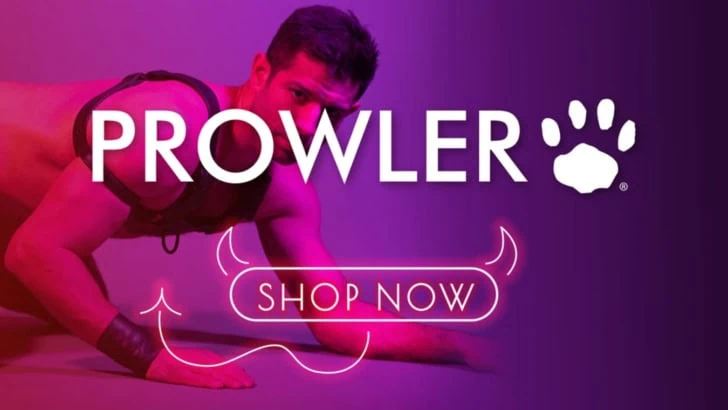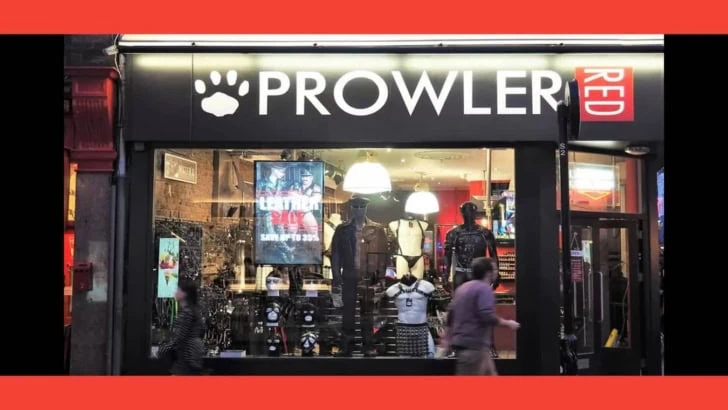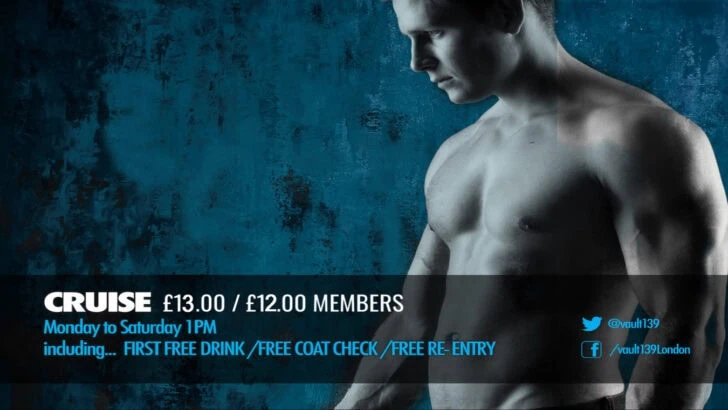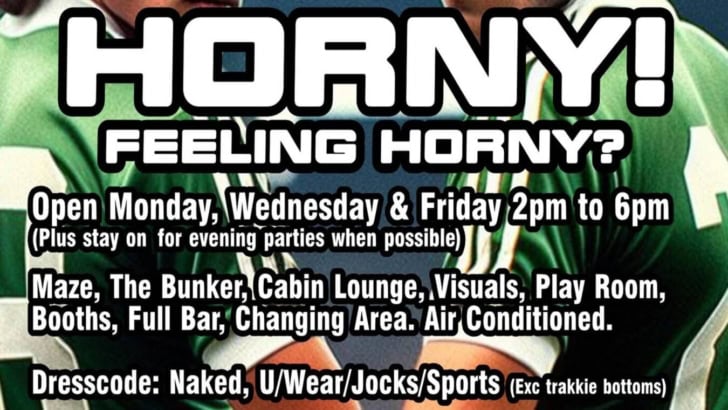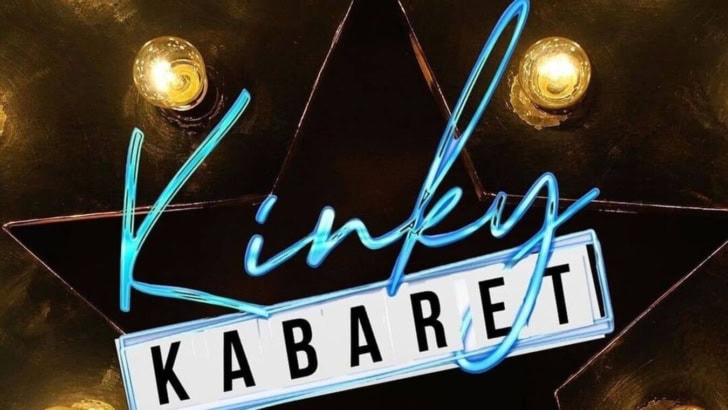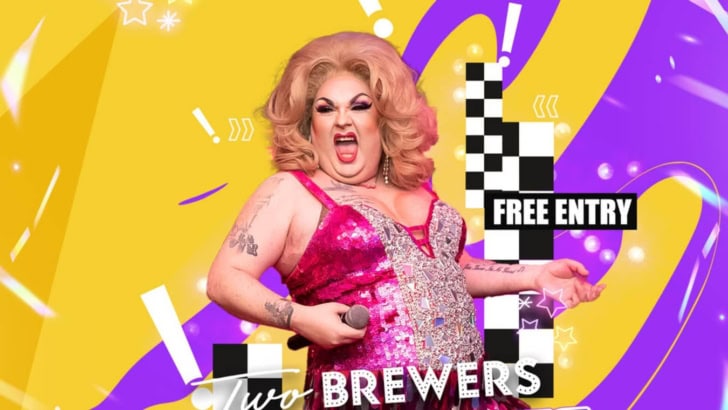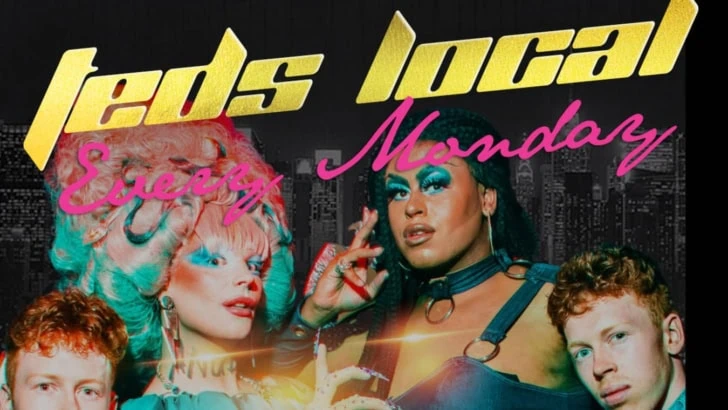Why do you keep choosing the same type of emotionally unavailable man, and why do you keep blaming yourself when things go wrong?
Why do you constantly check your phone for reassurance, end up overthinking and then spiralling into insecurity?
Why do you get anxious and shut down when things get too intimate and emotional?
These are the patterns you learned decades ago; they’ve been running your relationships ever since…
… until now!
He hasn’t texted back in a few hours. And rather than just getting on with your rich, fulfilling, interesting life, you’re checking your phone every two minutes, replaying your last conversation, searching for the moment you said or did something wrong. You’re already planning how to be funnier, sexier, cuter, more interesting and less needy next time… if there is a next time.
Or maybe you’re the other guy. The one who felt an amazing connection in the first few weeks, super active in arranging the dates, full of enthusiasm and energy (almost a bit too much!), but now, all of a sudden, you feel inexplicably suffocated and like you constantly ‘need space’.
You’re wondering why he needs so much reassurance, connection and communication. Why can’t he just let things unfold naturally and easily? You’re already thinking about possible exit strategies.
Any of that sound familiar?
What if I told you this isn’t about bad luck or incompatibility? It’s a blueprint written into your nervous system when you were a child that’s been quietly sabotaging your love life ever since.
Welcome to the world of attachment styles. Understanding yours might be the most important relationship and personal work you ever do.
The Pattern You Can’t See
I’ve spent my whole life repeating the same relationship cycles. I’d meet someone amazing, feel intense chemistry, give my heart, body and soul to the connection and then watch it all fall apart in exactly the same way every single time.
I would constantly be reaching out for connection and reassurance wondering, “do they still like me?” and “have I done something wrong? Why haven’t they texted me for 3 hours?” or constantly planning how I could be a better version of myself to impress or win them over the moment I felt I was losing them.
I was constantly confused about why I couldn’t seem to just make it work.
Then I discovered attachment theory, and suddenly my entire romantic and sexual history made sense.
Attachment styles are the blueprints for how we relate to others, formed in early childhood based on whether our needs for safety and connection were consistently met. For most gay men, these blueprints were written during some of our most vulnerable years. The years when we were hiding, adapting, and learning that our authentic selves weren’t safe to show.
The result? A disproportionate number of us carry insecure attachment patterns into adulthood. And those patterns are playing out in every swipe, every date, every hookup and every relationship attempt.
The above scenario from my personal life is known as an anxious attachment style.
The Three Types Running Your Love Life
Anxious Attachment: The People-Pleaser
You’re the guy who over-gives, and it’s not because you’re generous or because of your ‘big heart’. It’s down to the anxiety of not feeling wanted. You’re the one who tends to text first (and if you don’t, it’s painful waiting for them to!), you instigate meetings, accommodate and bend to their schedule, and you read meaning into every delay in response time.
You need reassurance constantly, but feel ashamed for needing it. You’re terrified of abandonment, so you shape-shift to be whatever you think they want. And you give away your power by needing the other person to make you feel better or okay about things.
In gay culture, this often shows up as the guy who’s labelled as too keen, too available, too emotionally expressive, over communicative and always needs to talk.
You’ve probably been told you’re needy or intense. You’ve definitely been ghosted more times than you can count.
And you tend to attract these people into your life…
Avoidant Attachment: The Commitment-Phobe
You value your independence above everything, but not always in a healthy way. Mostly, you’re avoiding what you fear most: intimacy.
However, you are attracted to connection and intimacy at first! In fact, you love it. The floods of dopamine feel incredible. But you panic when it gets too close, too intimate, too connected. You’ve got your levels, and anything beyond that? It’s shut down. You keep one foot perpetually out the door, maintaining emotional distance with a number of clever strategies. You tend to disappear when things get too ‘real’, emotional, intense or when vulnerability is required. You pull back and feel relief. But then regret sets in, and you miss the connection you had.
In gay spaces, you’re the guy who’s probably great at hookups, friends with benefits, situationships and open dynamics and the old “just not looking for anything serious right now” vibe. You can be guilty of ghosting or suddenly jumping ship when you get overwhelmed.
Disorganised Attachment: The Push-Pull
You want love desperately but fear it simultaneously. You pull people close, then push them away. Your relationships feel chaotic, intense and unpredictable. You’re anxious and avoidant at the same time, which makes you, and everyone you date, absolutely exhausted. This is common among gay men who experienced particularly inconsistent or traumatic early environments. You learned that connection equals danger, but isolation is unbearable.
You are the guy who loves intense texting on the apps and then disappears at the mention of a date. You love the fantasy of falling in love but can’t cope with the reality.
The Trap We Keep Falling Into
Here’s the cruel irony: anxious and avoidant types are magnetically attracted to each other. The anxious person’s pursuit activates the avoidant person’s fear of engulfment. The avoidant person’s distance triggers the anxious person’s abandonment wounds. It’s a perfectly designed system for mutual suffering. But if you’re up for doing ‘the work’, you can use the triggers that come up in these dynamics as a mirror for healing and transformation. But you have to both be up for doing it, separately and together.
Why Gay Men Struggle With Attachment
Most attachment theory content focuses on heterosexual dynamics and childhood relationships with parents. But for gay men, there’s an additional layer of complexity.
Many of us spent our formative years hiding our authentic selves. We learned that our natural desires and expressions weren’t safe. We adapted, performed and disconnected from our bodies to survive. We experienced rejection, subtle or overt, from family, peers and society.
This created what psychologists call ‘developmental trauma’. Even if you had loving parents, if you had to hide your queerness, your nervous system learned that authenticity equals danger. That being fully seen isn’t safe.
Is it any wonder we struggle with intimate relationships?!
Then we enter gay culture and encounter hookup apps that reinforce avoidant patterns (connection without emotional risk) and social dynamics that trigger anxious patterns (constant comparison, rejection and sexual commodification).
We’re trying to build secure relationships from insecure foundations, in an environment that often makes insecurity worse.
The Body Keeps the Score
Here’s what most people don’t understand about attachment: it’s not just psychological. It’s physiological. It lives in your nervous system.
When an anxiously attached person doesn’t hear back from a date, their nervous system goes into hyper-arousal: racing heart, obsessive thoughts, overthinking, panic, dysregulation, and anxiety.
When an avoidant attached person senses someone getting too close, their system shuts down: numbness, disconnection, the urge to run away, avoidance.
And the innocence of it all is that these are not conscious choices. They’re automatic nervous system responses, triggered by perceived threats to your attachment needs.
This is why talking about your patterns in therapy can help, but often isn’t enough. You can intellectually understand your attachment style and still feel completely hijacked by it in the moment.
You have to work with the body andthe nervous system. And you have to practice a felt sense of safe connection. You have to learn how to regulate yourself and open to safety in the moment that it is happening.
How Embodiment Changes Everything
At Pleasure Medicine (my embodiment-connection workshop and ecstatic dance for gay men in East London), I’ve watched gay men open their hearts and learn to connect more deeply through embodied practice. They come and experience different ways of connecting and relating to other gay men and to themselves.
Our opening 1-hour connection workshop is specifically designed to create more secure attachment experiences. We practice making eye contact without agenda, learning that being seen doesn’t lead to rejection or engulfment. We share vulnerable truths in a held space, experiencing that authenticity can be met with acceptance, not avoidance. We practice moving together, dancing and mirroring, showing each other that we can be present and real without judgment.
For anxiously attached men, this practice teaches their nervous system that they can be themselves without abandonment. They don’t have to perform or people-please to maintain connection.
For avoidant attached men, it demonstrates that closeness doesn’t mean losing themselves. They can be intimate while staying grounded in their own bodies and boundaries. There’s nothing to lose.
The key to all this is repetition of presence with the self and safety. One good experience won’t rewire decades of patterning. But consistent practice in a genuinely supportive environment changes everything.
The Dance of Secure Attachment
Then we move into the conscious ecstatic dance experience, which might seem unrelated to attachment at first, but there’s a profound connection.
Embodied dance requires you to stay in your body while in close proximity to others. And it asks you to track your own sensations, boundaries and impulses while remaining aware of the collective energy. It’s a dance of connection and separation happening fluidly, without collapse or withdrawal.
For anxious types, dance builds the capacity to self-regulate rather than seeking regulation through others. You learn to generate your own sense of safety, aliveness and connection, reducing that desperate dependence on external validation. It teaches you to express your authentic self without fear of rejection or disconnection. You learn that being yourself actually brings you closer to others.
For avoidant types, dance creates safe intimacy. You experience closeness, synchrony, and even moments of profound connection with other men without the pressure of one-on-one intensity. You learn that connection can feel good, joyful, pleasurable and intense without being suffocating.
And for everyone, dance reconnects you to deep, alive pleasure in your own body. This is crucial because insecure attachment often involves disconnection from physical sensation. You’re so busy managing the other person’s response that you lose touch with your own experience. In embodied dance, you keep coming back to your own experience with every beat and every new tune.
The Community Component
Attachment healing doesn’t happen in isolation. You can’t develop secure attachment by yourself because it’s formed in relationship to others.
This is where community becomes medicine. At Pleasure Medicine, men experience consistent, reliable connection and community. They show up week after week and are welcomed exactly as they are. No performance, commodification or judgement. Instead, there’s a sense of genuine appreciation for each other as well as kindness and care, creativity, fun, joy and play.
This consistency is what the nervous system needs to learn new patterns. When you experience the same faces, the same warm welcomes, the same non-judgmental space repeatedly, your system begins to update its expectations about what connection can look like in your life.
You learn: “I can be vulnerable without rejection. I can need support and receive it. I can have boundaries and still belong. I can be fully myself and be celebrated”
These experiences become the new template. One guy shared in the circle at the end, “This is the first time I’ve felt safe to express my full self around other gay men”. He was talking about his feminine side specifically. Some of the disco tunes I play certainly illicit the inner show girl to emerge. Pleasure Medicine is a safe space to explore and play with the different energies and archetypes inside you. Parts of you that you’ve maybe never felt safe to let out and play with!
Another guy shared, “I found a part of myself I thought I lost”. He was talking about his inner child. The part of him that could get silly and play. We shut down so many parts of ourselves as gay men with the fear that they’re unsexy, unattractive or a turn off. In fact, I’ve found the opposite to be true. When you’re alive in your body, being authentic and truly in your essence, you’re actually sexier, more alluring, more attractive — at least to the right people anyway.
Moving Toward Secure Attachment
Secure attachment isn’t about never feeling anxious or never needing space. It’s about having flexibility in your responses. It’s trusting that you’re worthy of love while also being okay if a specific relationship doesn’t work out or if you feel disconnected from your partner for a while. It’s being able to ask for what you need without shame and honouring your boundaries without guilt or anxiety. And it’s about really clear, loving and kind communication. But this really takes willingness from both partners to work. Often, when individuals do this inner work and their partner doesn’t, they find it’s no longer a match and they need to move on. If both do the work then magic can happen in a relationship.
Here’s what I’ve learned through my own journey of being a disorganised and anxiously attached gay man, and still being on my healing journey with it. I’ve also worked as a therapist and coach with dozens of gay men in my practice, transforming their attachment styles too…
For Anxious Types:
- Practice self-soothing when anxiety arises instead of immediately reaching out for reassurance. Reach out only when it’s a real need.
- Build a life rich in connection beyond your romantic/sexual relationship. Focus on friendships, family, connection to nature and your creativity.
- Learn to be with discomfort without making it mean something about your worthiness.
- Develop embodied awareness of when you’re abandoning yourself to accommodate others.
- Learn to trust your own feelings about situations rather than handing over the responsibility to feel better to others.
For Avoidant Types:
- Notice your impulse to withdraw and numb out and stay present instead, even for just a few minutes more each time.
- Practice sharing your feelings with your partner or your friends, even if it feels scary and unfamiliar — we can only make something more familiar by doing it!
- Build tolerance for emotional intensity in safe spaces and with partners.
- Recognise that your need for space is still valid but can be communicated in more compassionate and respectful ways rather than enacted through ghosting or cold messages that feel harsh and unkind.
For Everyone:
- Find spaces and workshops that offer consistent, safe connection like Pleasure Medicine, Slow Dating+ or gay tantra/authentic relating workshops — check out my article 7 Sober Things For Gay Men to do in London.
- Work with your body and nervous system, not just your mind.
- Practice being seen in your authentic expression.
- Surround yourself with people doing their own healing work and talk to others about your experience.
Healing is Possible
I’ve witnessed remarkable changes in my own life and in gay clients who commit to this work. The anxiously attached guy who used to spiral over unanswered texts now gets on with his rich life and communicates with clear boundaries when he has a real need. The avoidant guy who always had one foot out the door is learning to stay present through discomfort, to reach out and stay connected when it really counts.
And it’s not about perfection. We’re tender humans, not robots. It’s more about having choice, agency and the ability to create different outcomes.
And crucially, it’s about building relationships that actually nourish us, heal us and give back to us rather than deplete us and recreate old wounds.
Over To You
If you’ve recognised yourself in these patterns, and most of you will, please know this: your attachment style is not a life sentence. It’s simply the strategy you learned to stay safe in circumstances that weren’t ideal. You’re innocent in all this. But if you want to change, you have to take responsibility and place your hands on the steering wheel of your own life.
You can update the strategies that you’ve relied on up to now. You can teach your nervous system new patterns. And ultimately, you can become securely attached.
It requires practice, community, awareness and working with your body and nervous system.
It requires spaces and people where you can safely experiment with new ways of being. Where you can be seen and not rejected. Where you can practice authentic connection.
This is the work we’re doing at Pleasure Medicine. It’s the work I am doing in my own life. It’s the work do with my clients. And I hope it’s the work that you choose to do for more fulfilling, happier, nourishing and connected relationships.
Book your ticket for Pleasure Medicine: www.pleasuremedicine.co.uk
About Gary

Gary is a therapist, embodiment facilitator, somatic bodyworker, award-winning music maker, conscious DJ and writer. He’s the creator of Pleasure Medicine, a bi-weekly connection workshop and ecstatic dance for gay men in London that blends conscious movement with embodied connection.
With over a decade of experience as a facilitator and therapist, Gary is devoted to helping gay men unlock their pleasure centres, soften shame and rediscover joy, intimacy and sensuality through dance, touch and celebratory sexuality.
He is a guest columnist for queer culture magazines and writes personal essays, opinion pieces and cultural reflections, always from the perspective of being in the waters with the reader, trying to work it all out together.
Connect with Gary:
- Book your ‘Pleasure Medicine’ ticket: www.pleasuremedicine.co.uk
- Join ‘The Pleasure Portal’, weekly conscious self-pleasure practices, sexy soul notes, soundtracks and general spiritual gay stuff going on in your inbox: www.pleasuremedicine.co.uk/pleasure-portal
- Discover Slow Dating+ where you can meet men without the masks: www.pleasuremedicine.co.uk/slow

